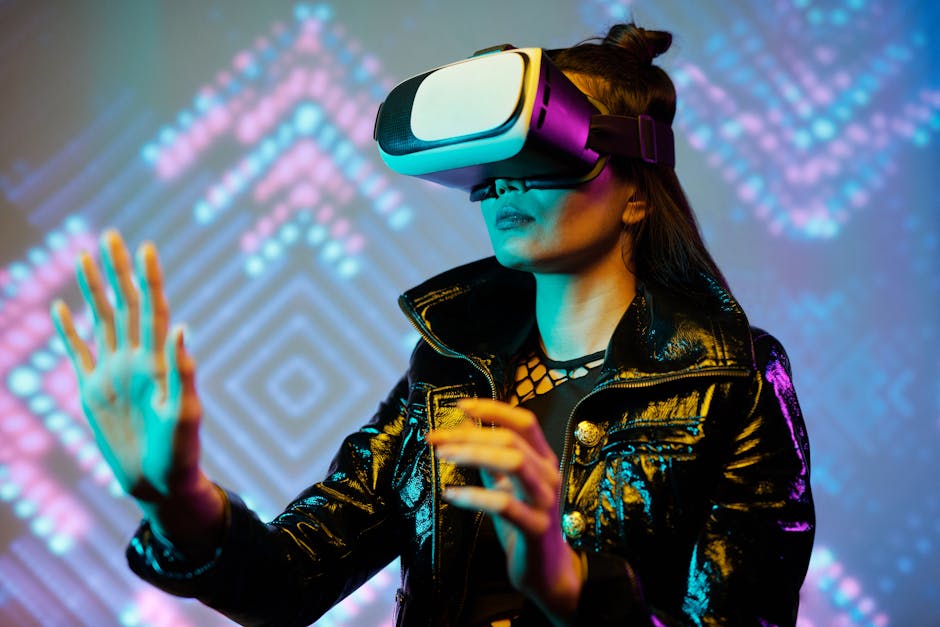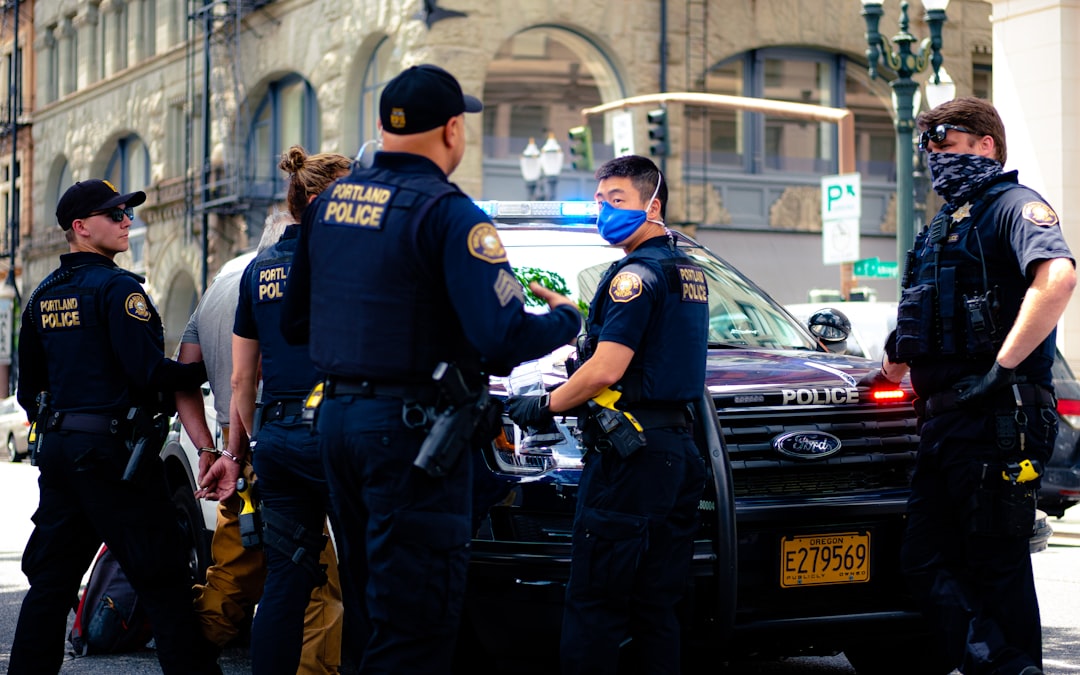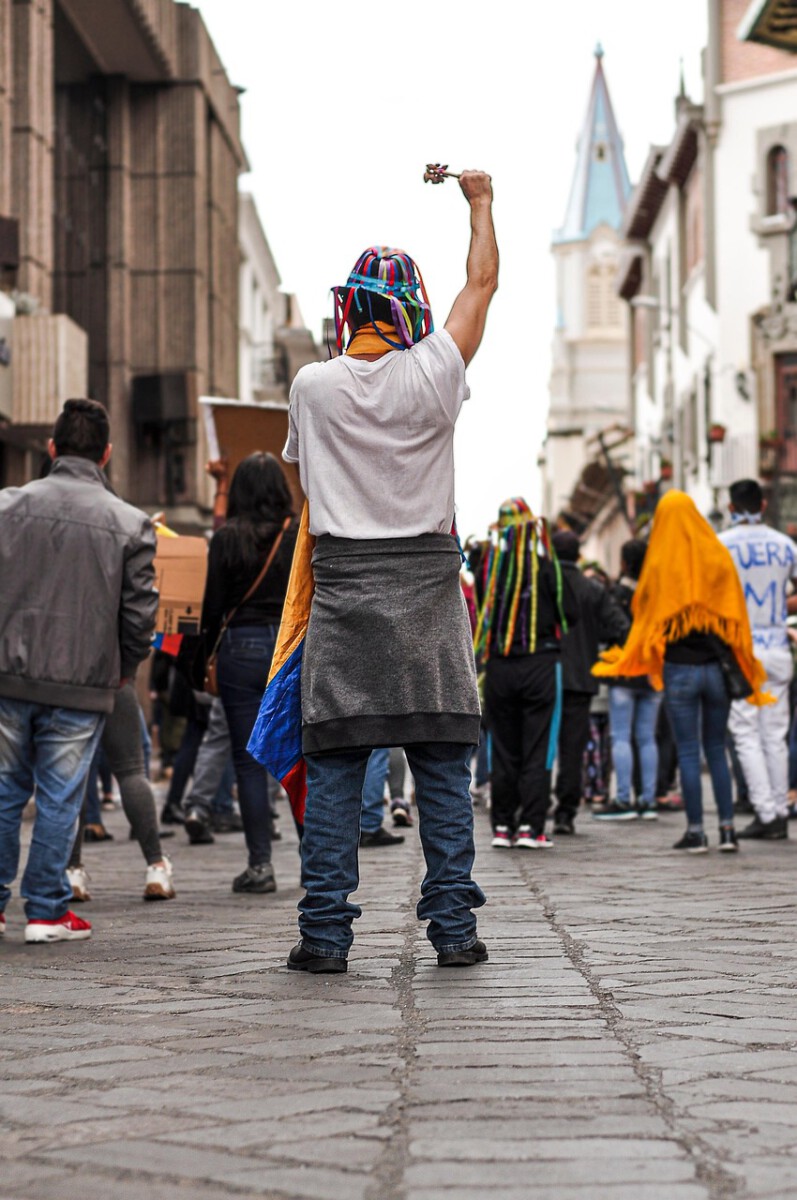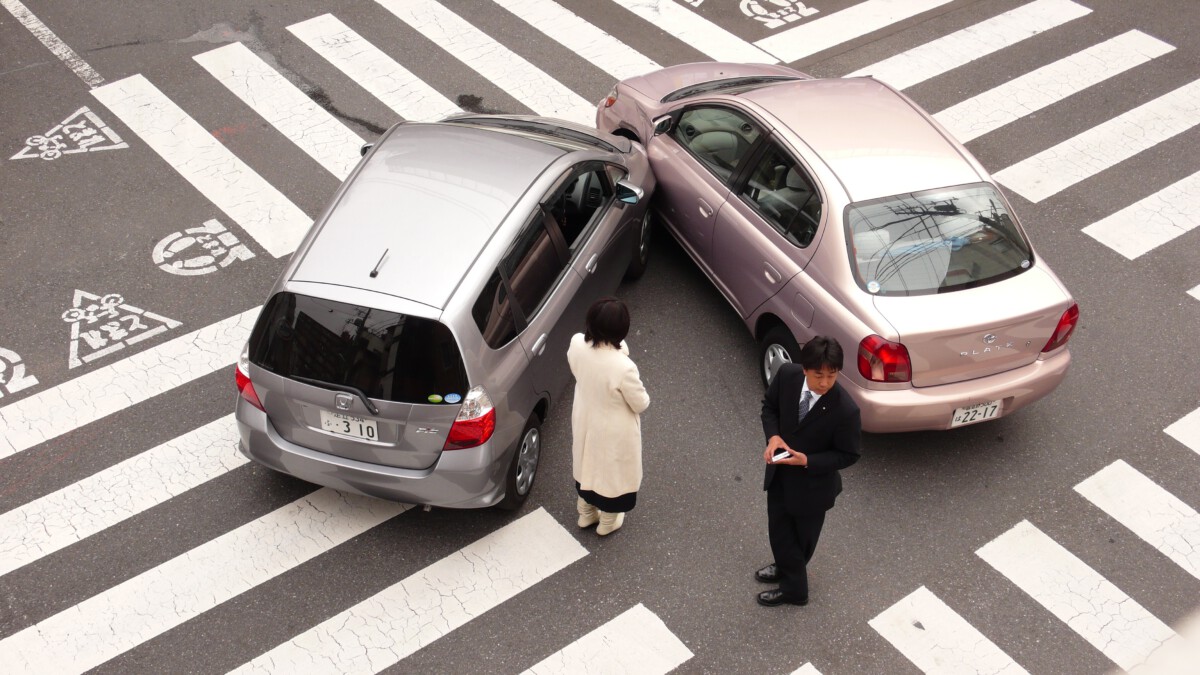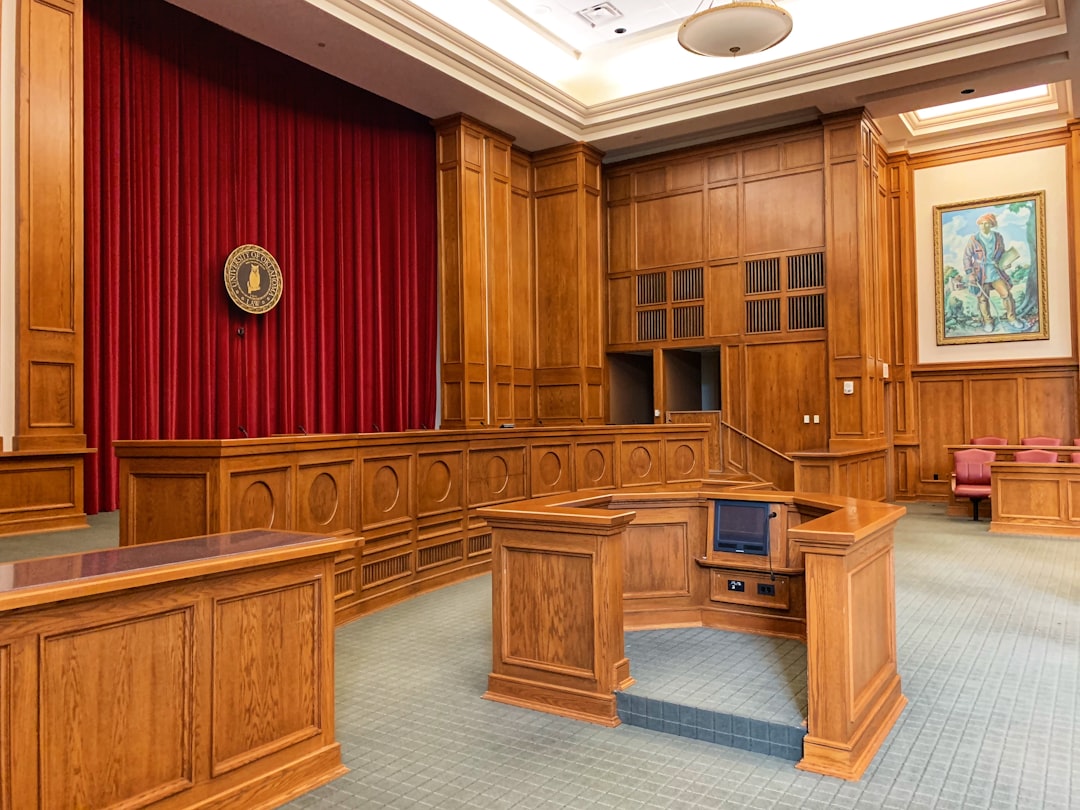The Rise of AI in Fashion Design
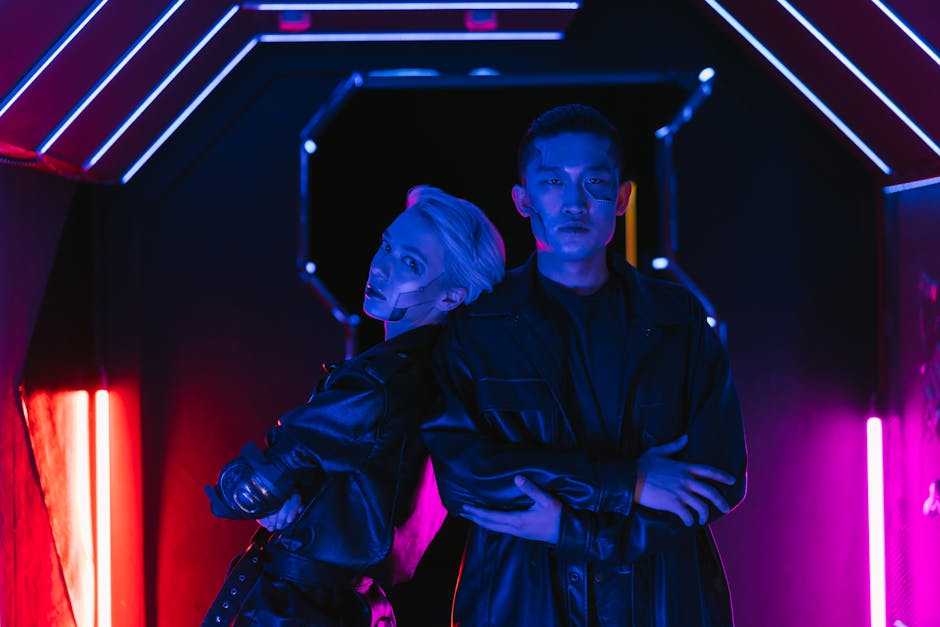
In recent years, artificial intelligence has quietly woven its way into the fabric of the fashion industry. Once the domain of human creativity and craftsmanship, fashion design is now seeing a significant shift towards AI-generated designs. This transformation is not just a trend but a revolution, reshaping how clothes are conceived and crafted. AI algorithms analyze vast amounts of data, including past fashion trends, consumer preferences, and cultural influences, to create unique and innovative designs. The use of AI in fashion design is becoming more prevalent, with big names in the industry embracing this technology to stay ahead of the curve. This shift is not only changing the way clothes are designed but also how they are marketed and sold.
How AI is Redefining Creativity
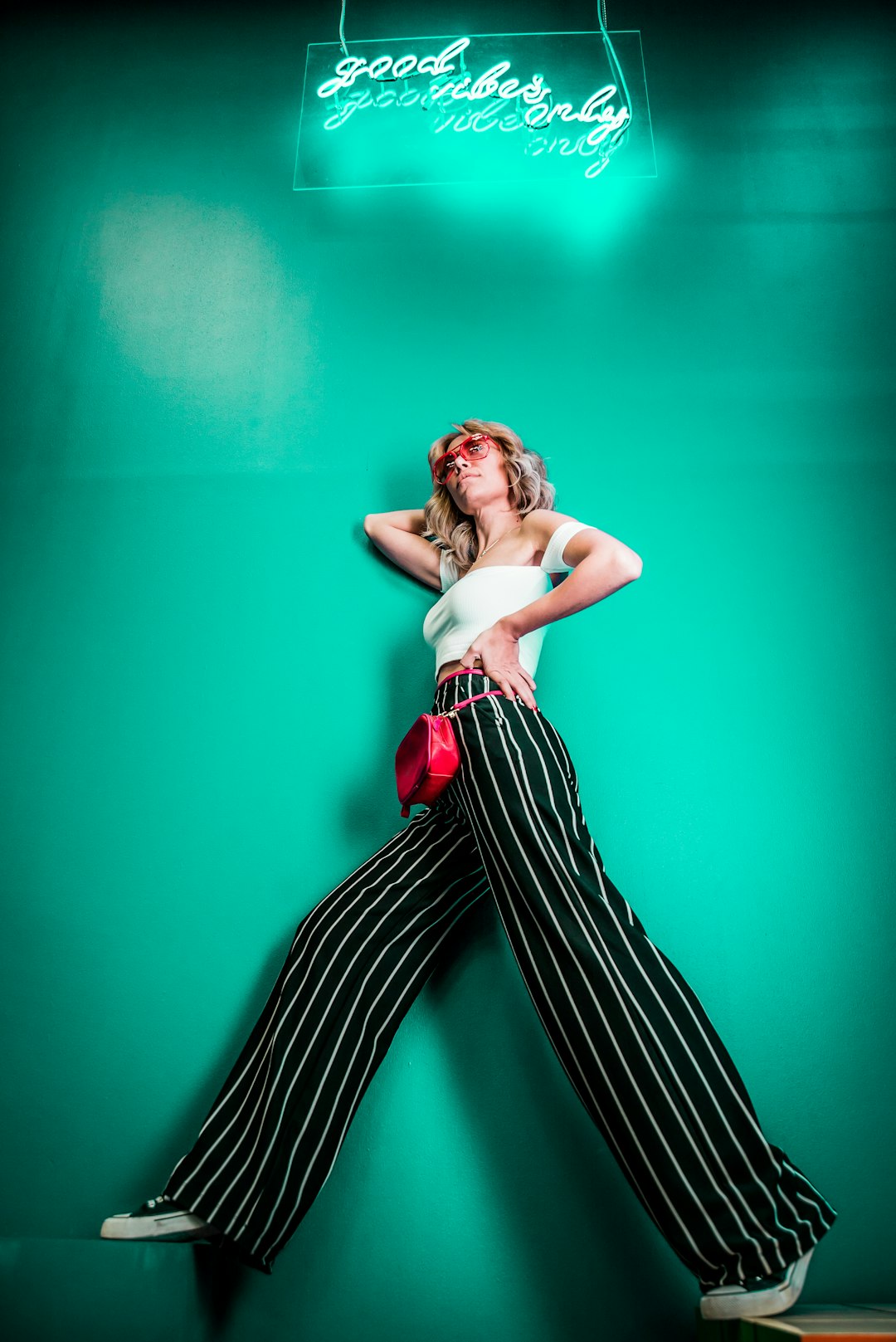
One might wonder how a machine can be creative, a trait long considered uniquely human. AI in fashion design utilizes machine learning to generate new ideas by blending different styles, colors, and patterns. It acts like a virtual assistant, suggesting novel combinations that a human designer might not have considered. This doesn’t mean it replaces human designers but rather augments their creativity. By handling repetitive tasks and providing fresh perspectives, AI frees designers to focus on the artistic aspects of fashion. It’s like having a creative partner who never tires and continuously learns from its past mistakes and successes.
Consumer Insights Driven by AI
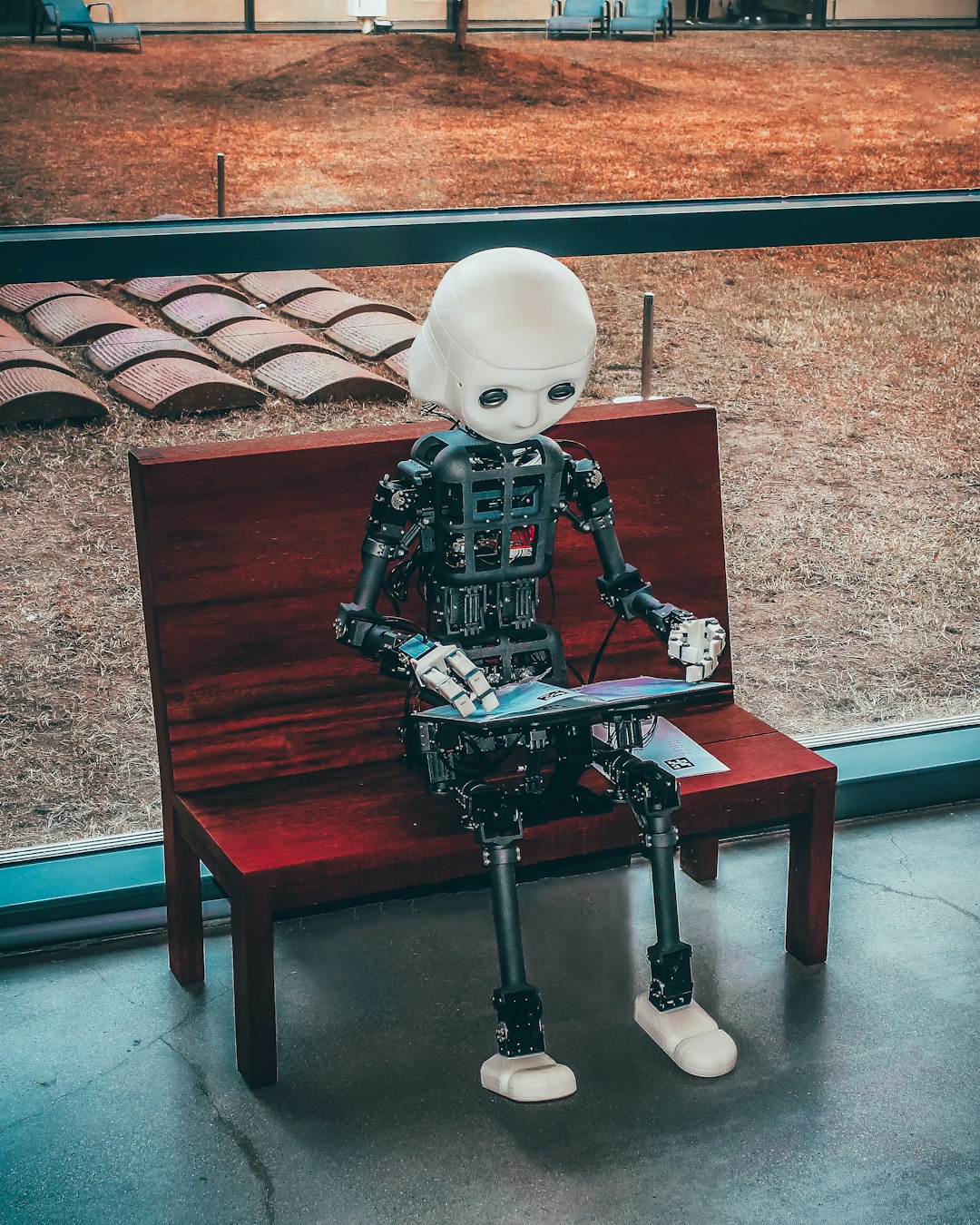
Understanding consumer preferences is crucial for any fashion brand. AI provides deep insights into what customers want by analyzing social media trends, purchasing behaviors, and even the latest street styles. This data-driven approach allows brands to tailor their collections to meet specific demands, ensuring that they resonate with their target audience. For instance, if pastel colors are trending on Instagram, AI can quickly identify this and suggest incorporating similar hues into upcoming collections. This adaptability ensures that brands stay relevant and appealing, aligning their offerings with consumer desires.
The Role of AI in Sustainable Fashion
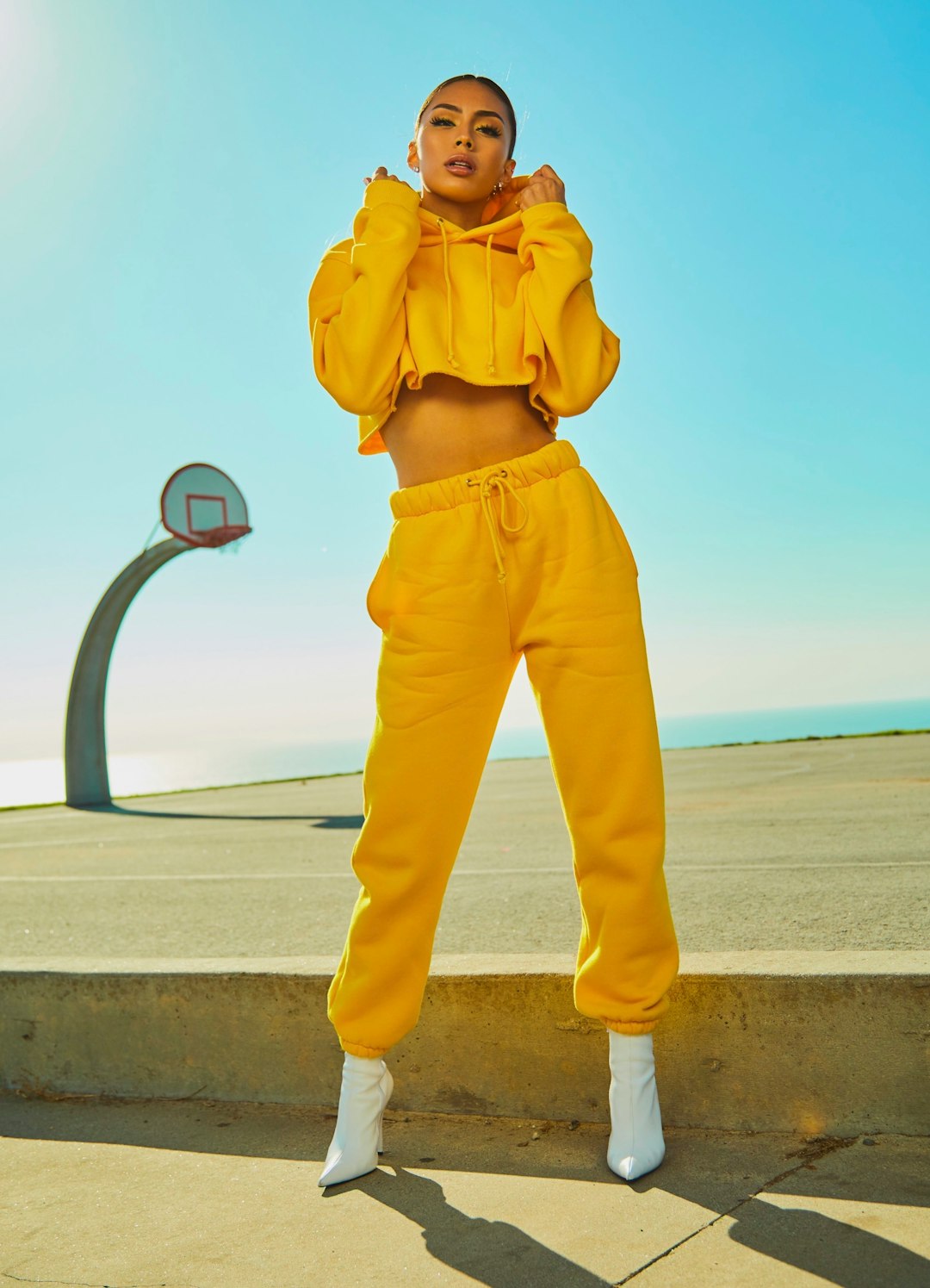
Sustainability is a pressing concern in the fashion industry. AI is playing a pivotal role in promoting eco-friendly practices by optimizing supply chains and reducing waste. By accurately predicting demand, AI helps brands produce only what is necessary, minimizing excess inventory. Furthermore, AI can suggest sustainable materials and methods, promoting eco-conscious designs. This not only reduces the environmental footprint but also aligns with the growing consumer demand for sustainable fashion. In this way, AI is not just a tool for creativity but also a force for positive change in the industry.
AI-Powered Personalization

Personalization is the future of fashion, and AI is at the forefront of this movement. By analyzing individual preferences, body measurements, and lifestyle choices, AI can create personalized fashion recommendations. This level of customization was once a luxury reserved for high-end couture but is now accessible to the average consumer. Imagine receiving a wardrobe suggestion tailored to your unique style and needs, all thanks to AI. This personal touch enhances the shopping experience, making it more enjoyable and satisfying.
The Economic Impact of AI in Fashion

The integration of AI in fashion is not just a technological shift but also an economic one. By streamlining operations and enhancing efficiency, AI helps brands reduce costs and increase profitability. Automated processes mean faster production times and lower labor costs. Moreover, AI-driven insights ensure that products align with market demands, reducing the risk of unsold inventory. This economic advantage is crucial for brands looking to thrive in a competitive market. As AI continues to evolve, its economic impact on the fashion industry will likely grow, offering new opportunities for innovation and growth.
Challenges and Ethical Considerations
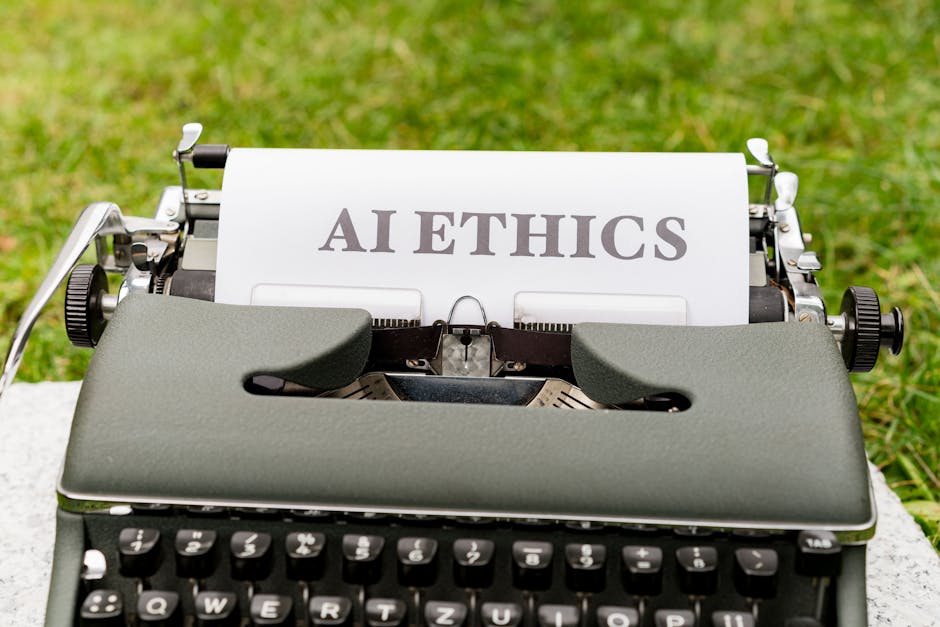
While the benefits of AI in fashion are numerous, there are also challenges and ethical considerations to address. Concerns about data privacy are paramount, as AI relies on vast amounts of information to function effectively. Ensuring that consumer data is collected and used responsibly is crucial to maintaining trust. Additionally, there is the question of whether AI might eventually replace human jobs in the industry. While AI can handle many tasks, the human touch remains irreplaceable in fashion design. Balancing innovation with ethical considerations will be key to the successful integration of AI in fashion.
AI in Fashion Retail
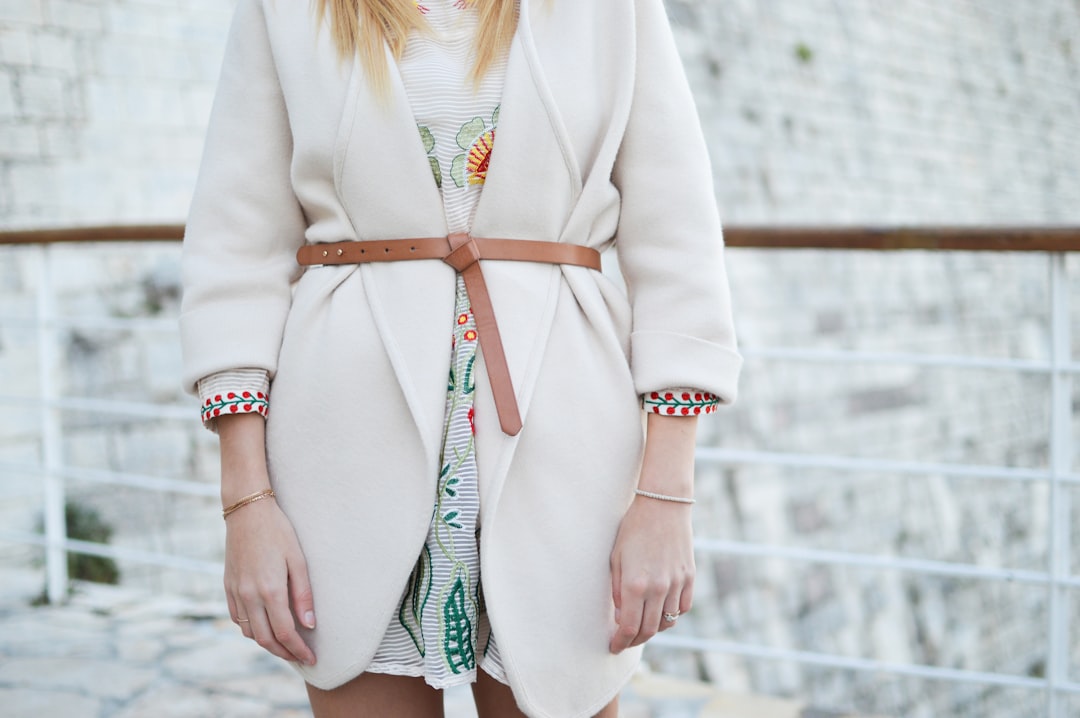
AI is not just transforming the design process but also revolutionizing how fashion is retailed. From virtual fitting rooms to AI-powered customer service, technology is enhancing the shopping experience. Virtual fitting rooms allow customers to try on clothes digitally, ensuring a perfect fit without stepping into a store. AI chatbots provide instant customer support, answering queries and suggesting products based on browsing history. These innovations make shopping more convenient and efficient, catering to the modern consumer’s needs. As technology advances, the retail experience will continue to evolve, offering even more personalized and seamless interactions.
AI Collaborative Projects with Designers

Collaborations between AI developers and fashion designers are becoming increasingly common. These partnerships blend technological expertise with creative vision, resulting in groundbreaking collections. Designers work closely with AI teams to train algorithms on specific styles and preferences. The outcome is a fusion of technology and artistry, showcasing the best of both worlds. These collaborative projects highlight the potential of AI as a creative partner, capable of pushing the boundaries of fashion design. As more designers embrace AI, we can expect to see even more innovative and exciting creations in the future.
The Future of AI in Fashion
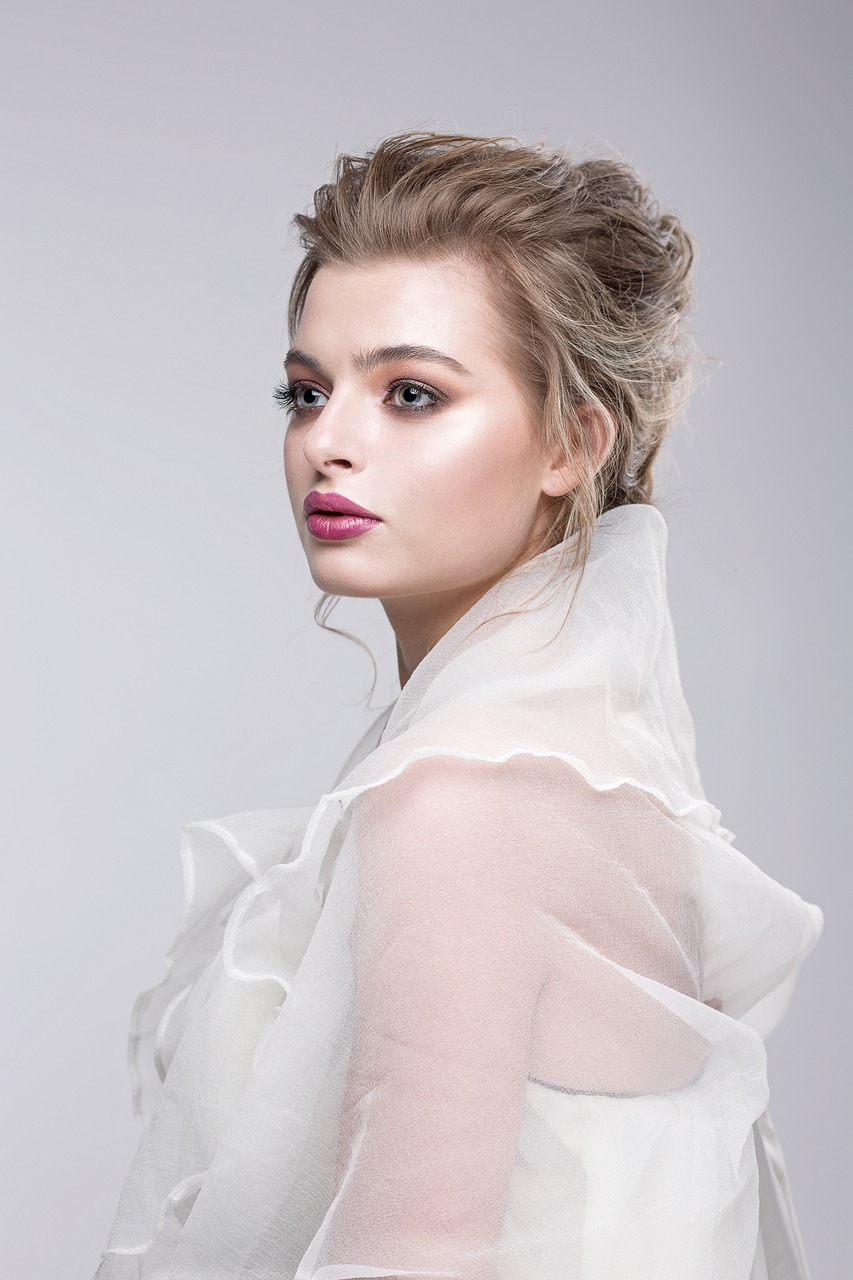
The future of AI in fashion is bright and full of possibilities. As technology continues to advance, its role in the industry will only grow more significant. From enhancing creativity to promoting sustainability, AI is poised to transform every aspect of fashion. Brands that embrace this technology will be better equipped to meet the demands of a rapidly changing market. The integration of AI in fashion is not just a trend but a fundamental shift that will shape the industry’s future. As we look ahead, the potential for innovation and growth is limitless, promising a new era of fashion design and retail.

